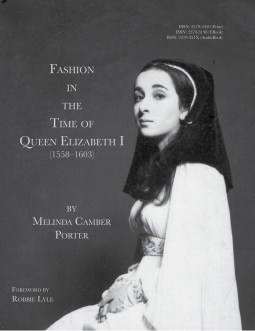 |
Healing Berries
by Kirsten Hartvig ISBN-13: 9781848991552 Paperback: 240 pages Publisher: Watkins Publishing Released: April 19, 2016 |
Source: ebook review copy from the publisher through NetGalley.
Book Description, Modified from NetGalley:
Berries are among the healthiest foods on the planet. Every month, new research is published describing the health-giving properties of a well-known or recently discovered berry. Most berries are easy to store and use out of season: they can be dried, preserved with alcohol or sugar, or frozen, and most of us can now find a wide selection of berries in supermarkets and specialist healthfood stores.
This book is a celebration of the health-giving properties of berries, as well as a treasure-trove of fabulous ways to use them in your cooking. The book includes 50 profiles of the healthiest and most popular species - including açai, cranberry, blueberry and redcurrant. Renowned nutritionist and naturopath Kirsten Hartvig also offers more than 100 recipes, from breakfasts and preserves to juices and liqueurs.
My Review:
Healing Berries is a guide to buying, storing, and using berries. In the first half of the book, the author provided profiles for 50 berries from all over the world. These include a few that you don't think of as berries. She provided historical and general information about each type of berry, where to find it, how it's commonly used, how to store it, a brief nutrition profile, and health benefits.
In the second half of the book, the author provided 100 recipes from around the world. They sound fairly simple to do, and many contained berries you can buy locally. They're intended to be healthy recipes, so the author suggests using organic, whole foods as ingredients. She included recipe variations for vegans. The recipes were for snacks, salads, soups, baked goods, deserts, preserves, juices, smoothies, liqueurs, breakfasts, and main dishes. Most of the recipes take between 10 to 40 minutes to make and serve 4 people.
The berries covered were: acai berry, aronia/chokeberry/barberry, bearberry, bilberry, blackberry, black currant, blueberry, boysenberry, caperberry, cherry, cloudberry, cranberry, crowberry, damson, dewberry, elderberry, goji berry, golden berry, gooseberry, grape, honeyberry, huckleberry, Indian gooseberry/amla, jujube/Chinese date, juniper, Kiwi fruit/Chinese gooseberry, lingonberry, loganberry, mulberry, Oregon grape, persimmon, raspberry, redcurrant, rose hip, rowan, salmonberry, sea-buckthorn, seagrape, serviceberry, sloe, strawberry, strawberry tree, sumac, thimbleberry, tomato, ugniberry, whitecurrant, whortleberry, wineberry.
If you've read this book, what do you think about it? I'd be honored if you wrote your own opinion of the book in the comments.














